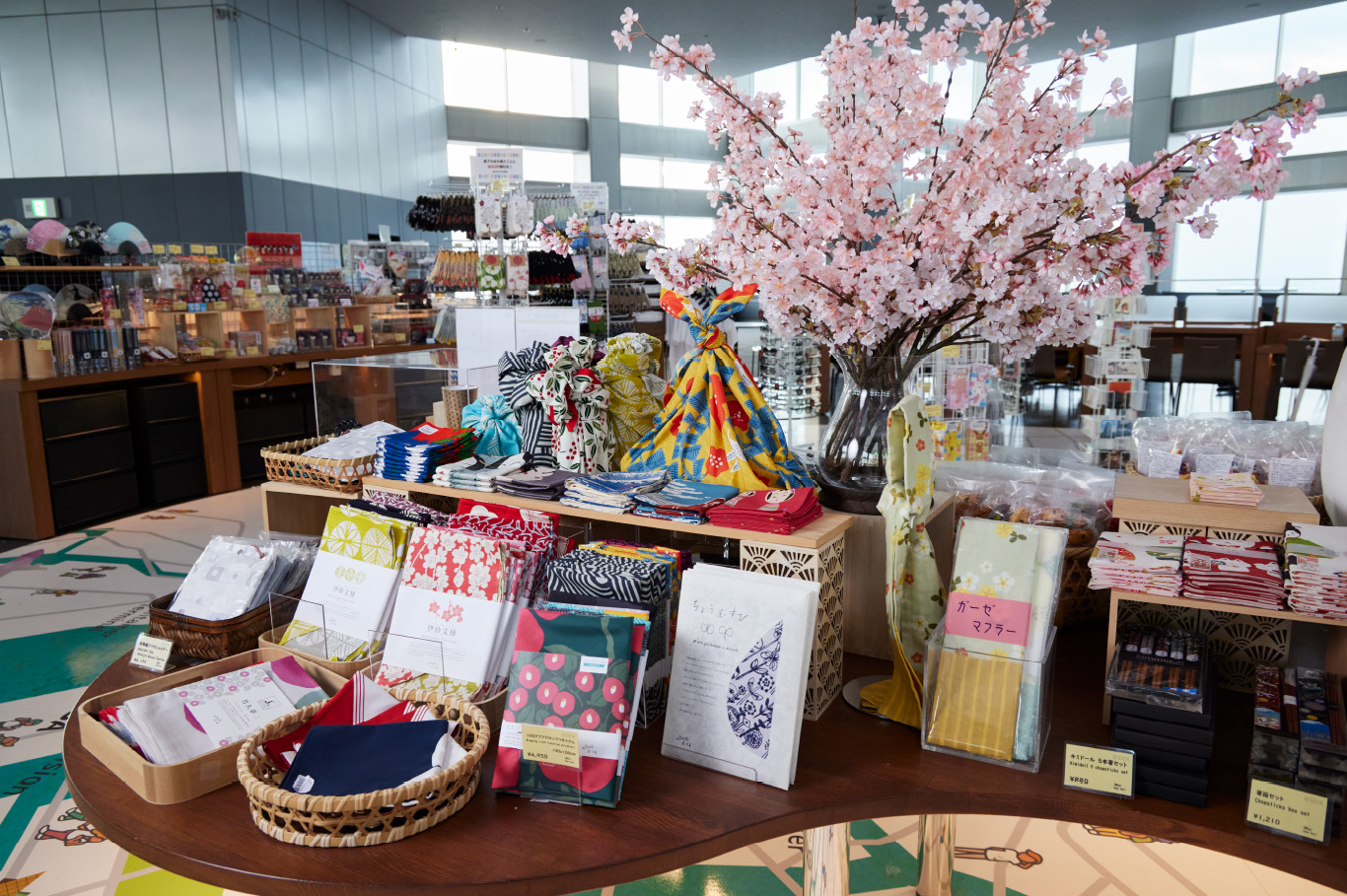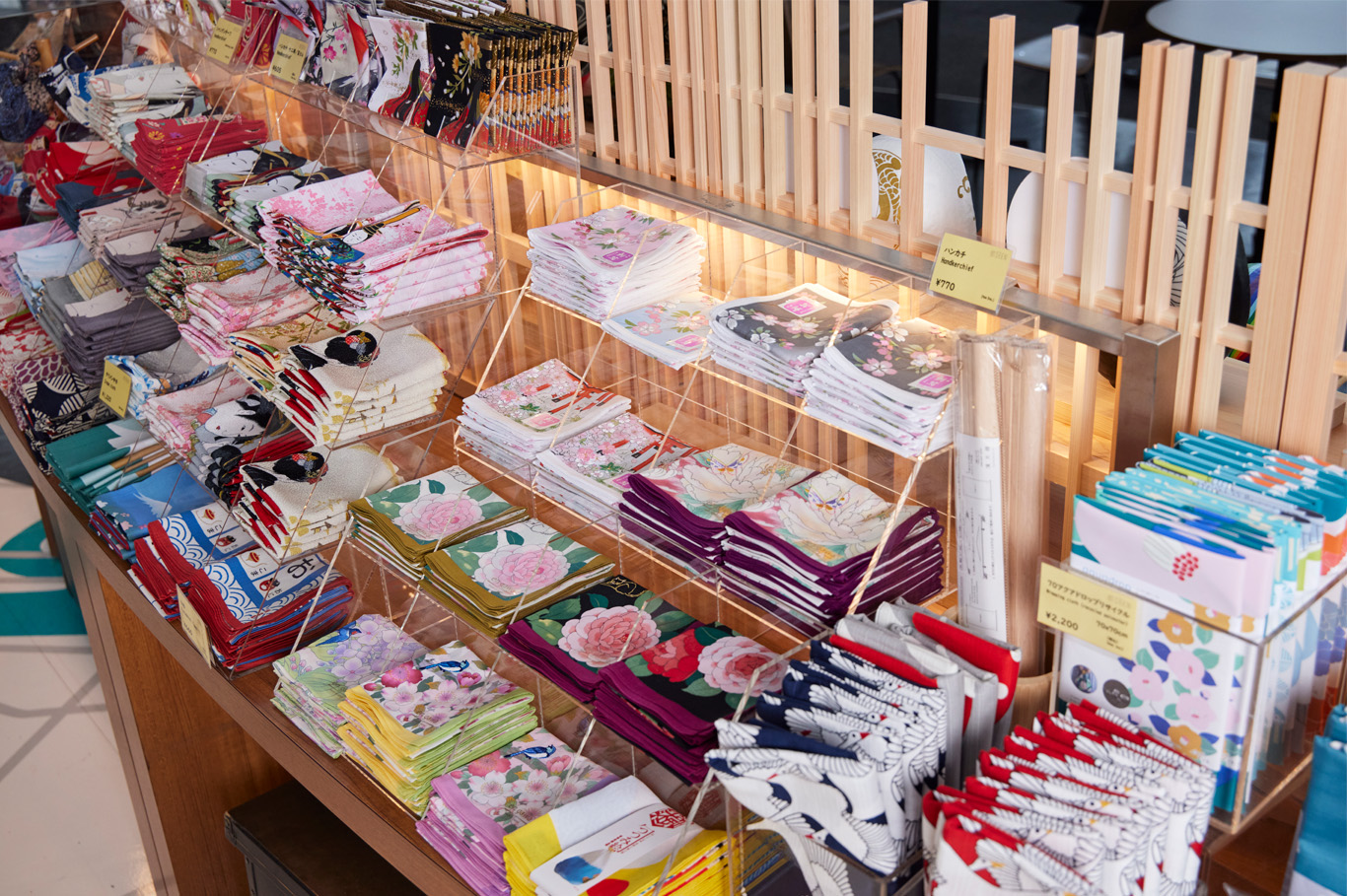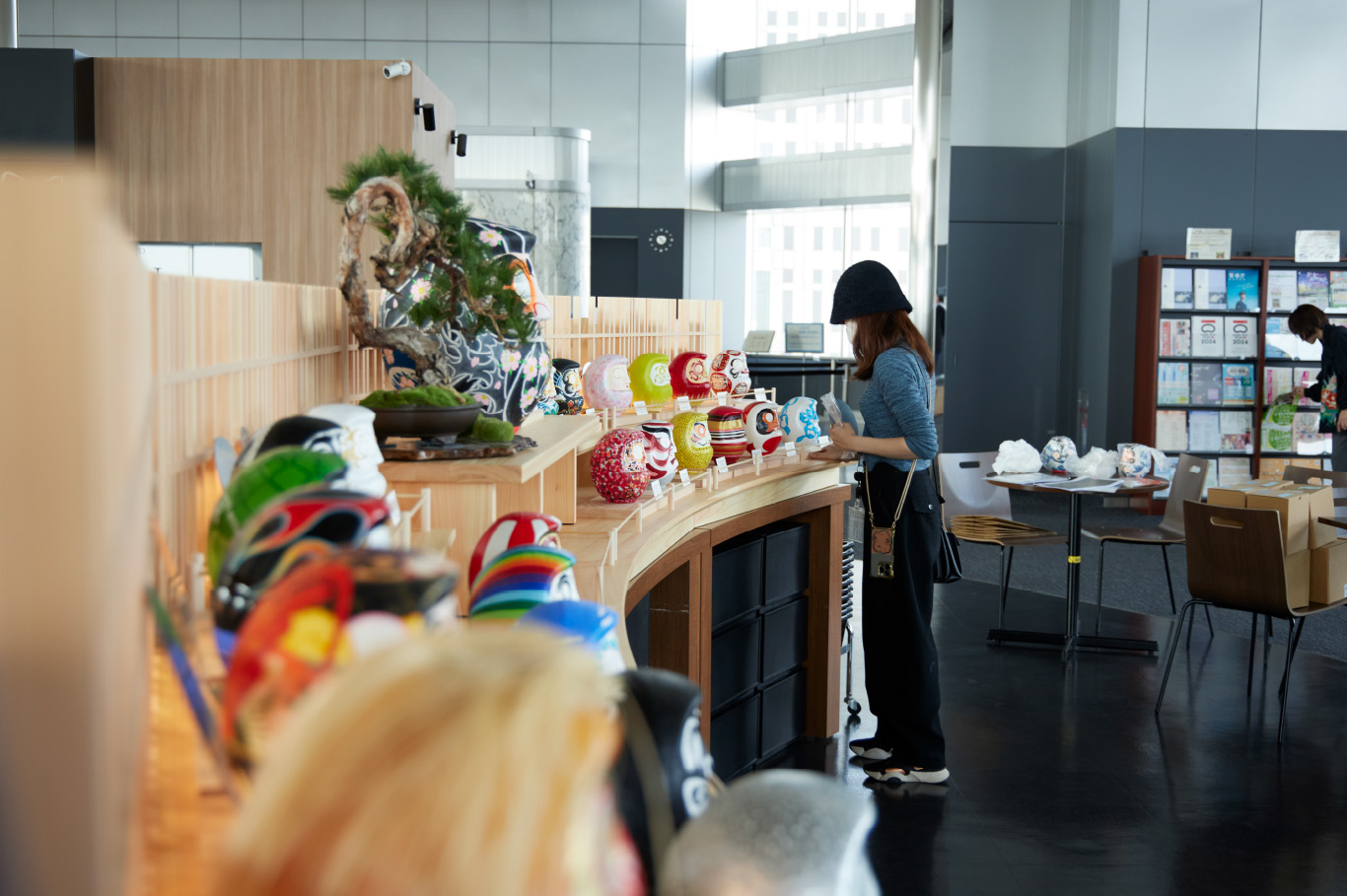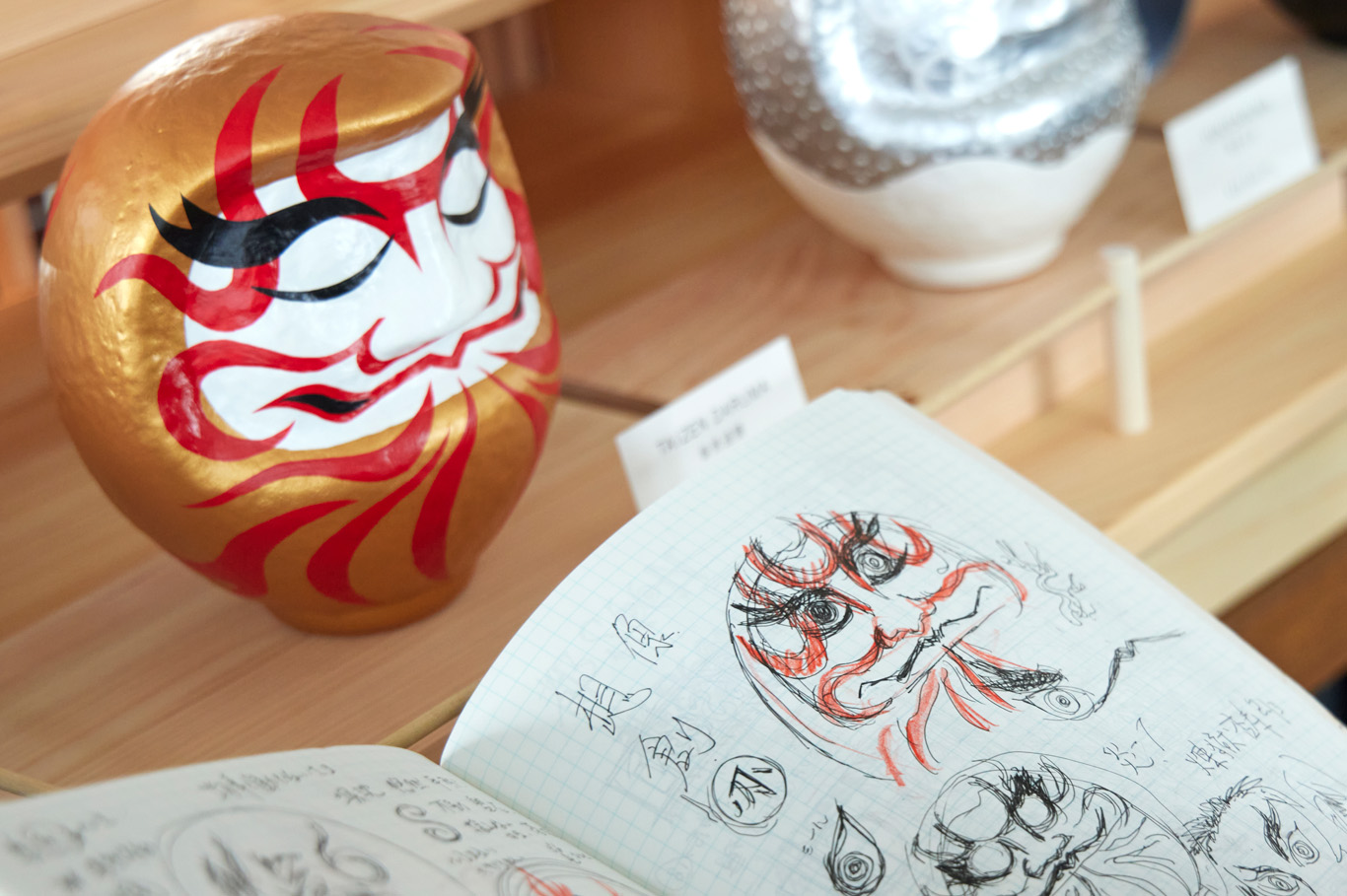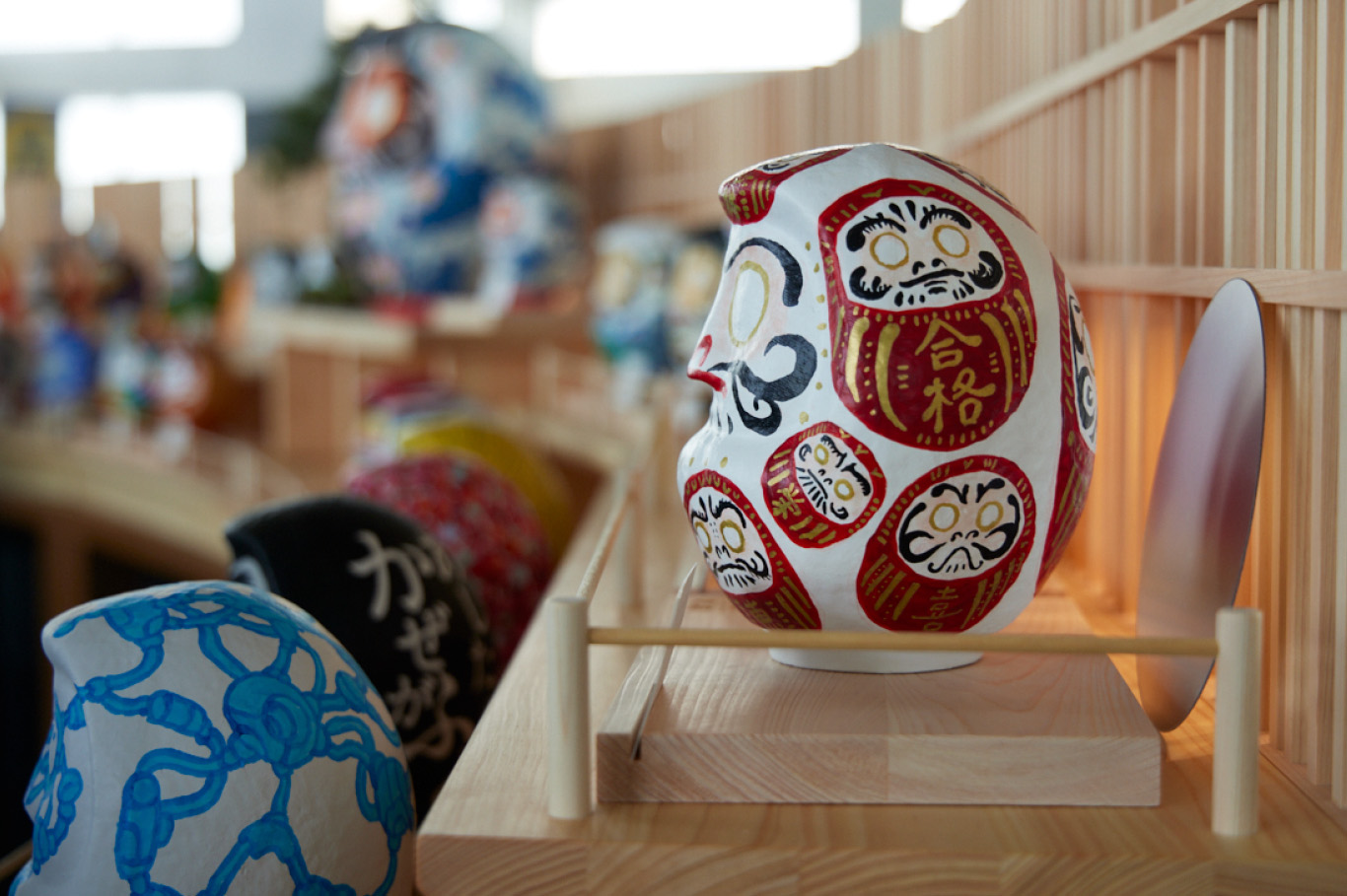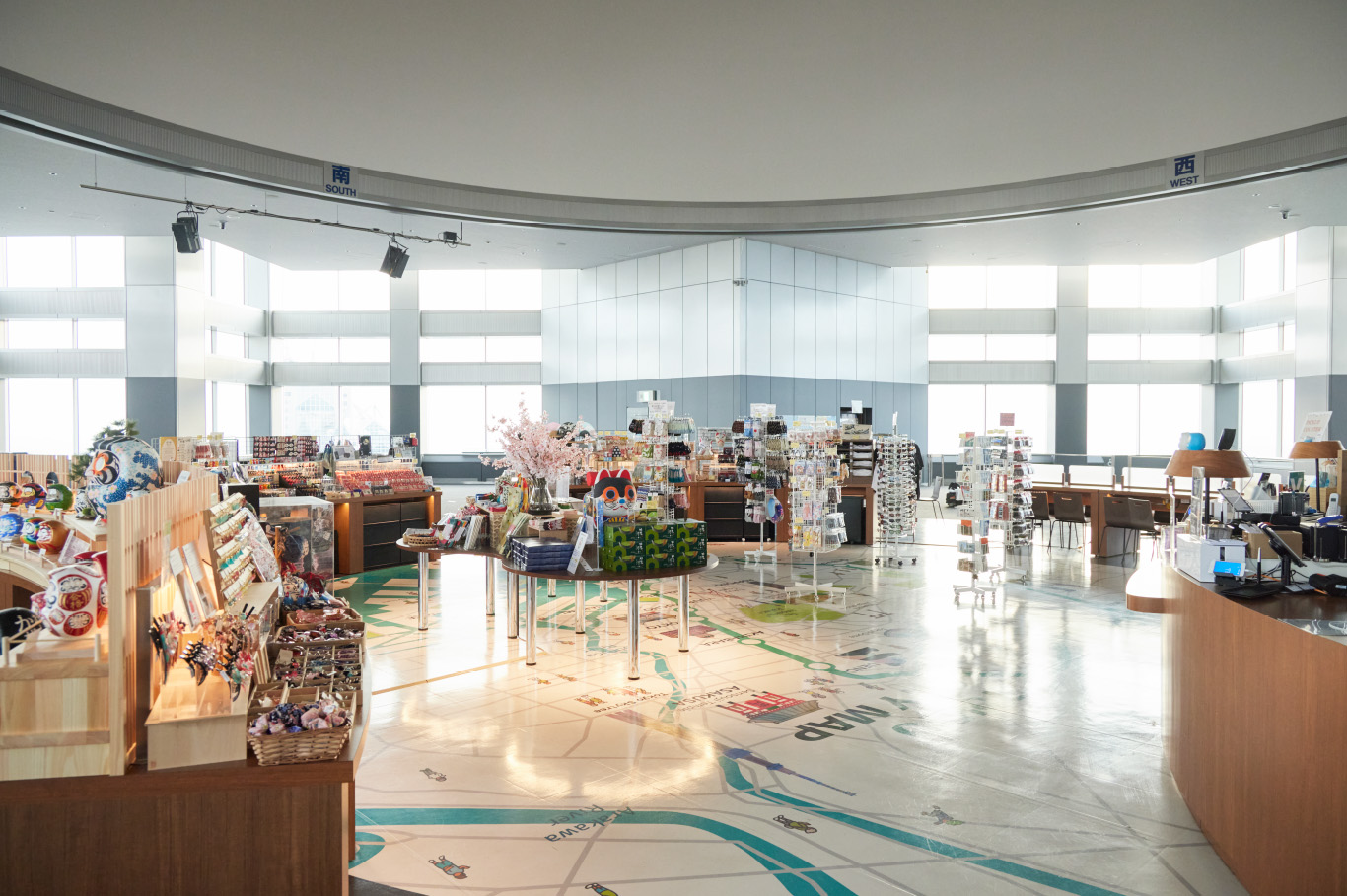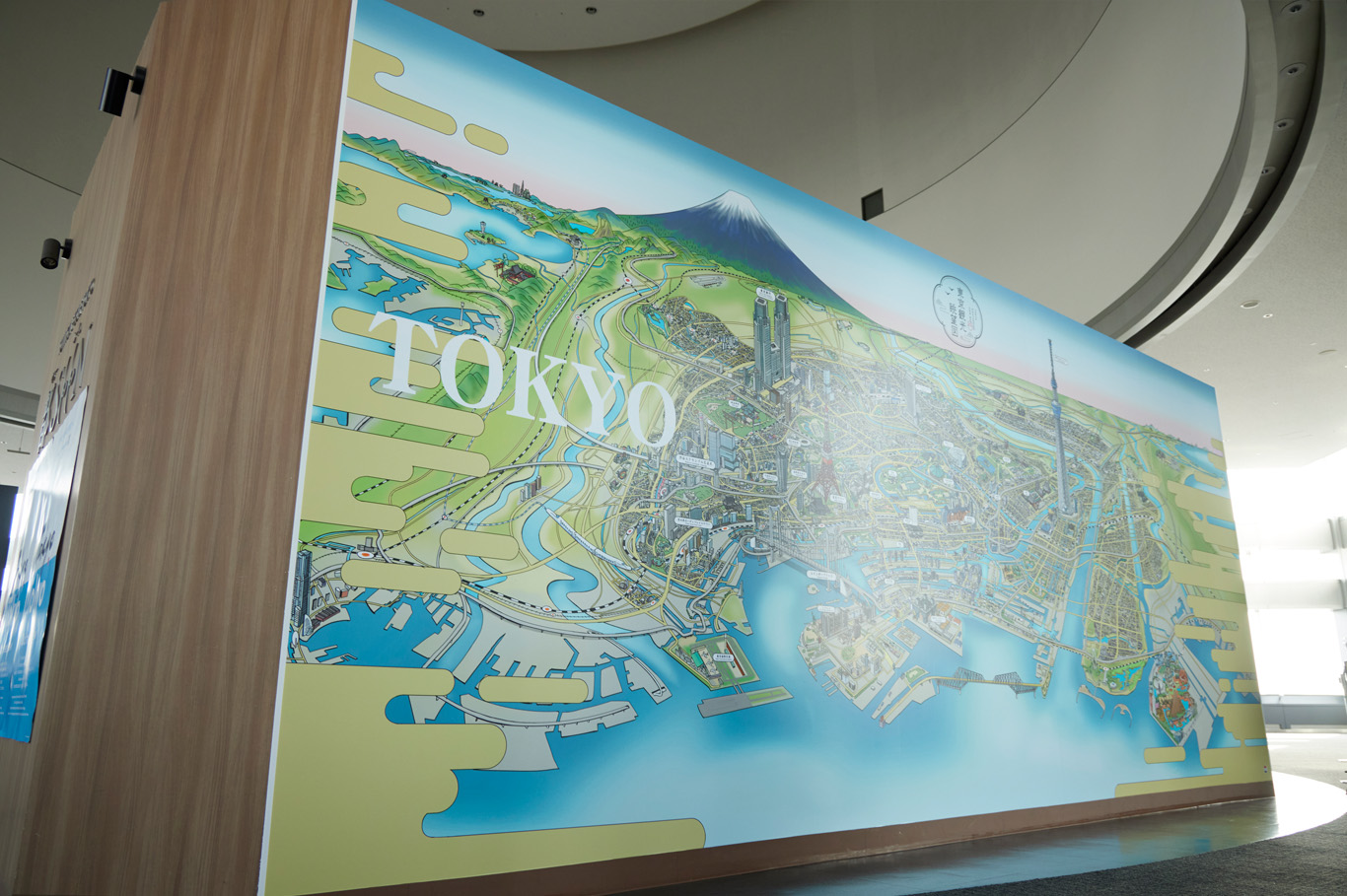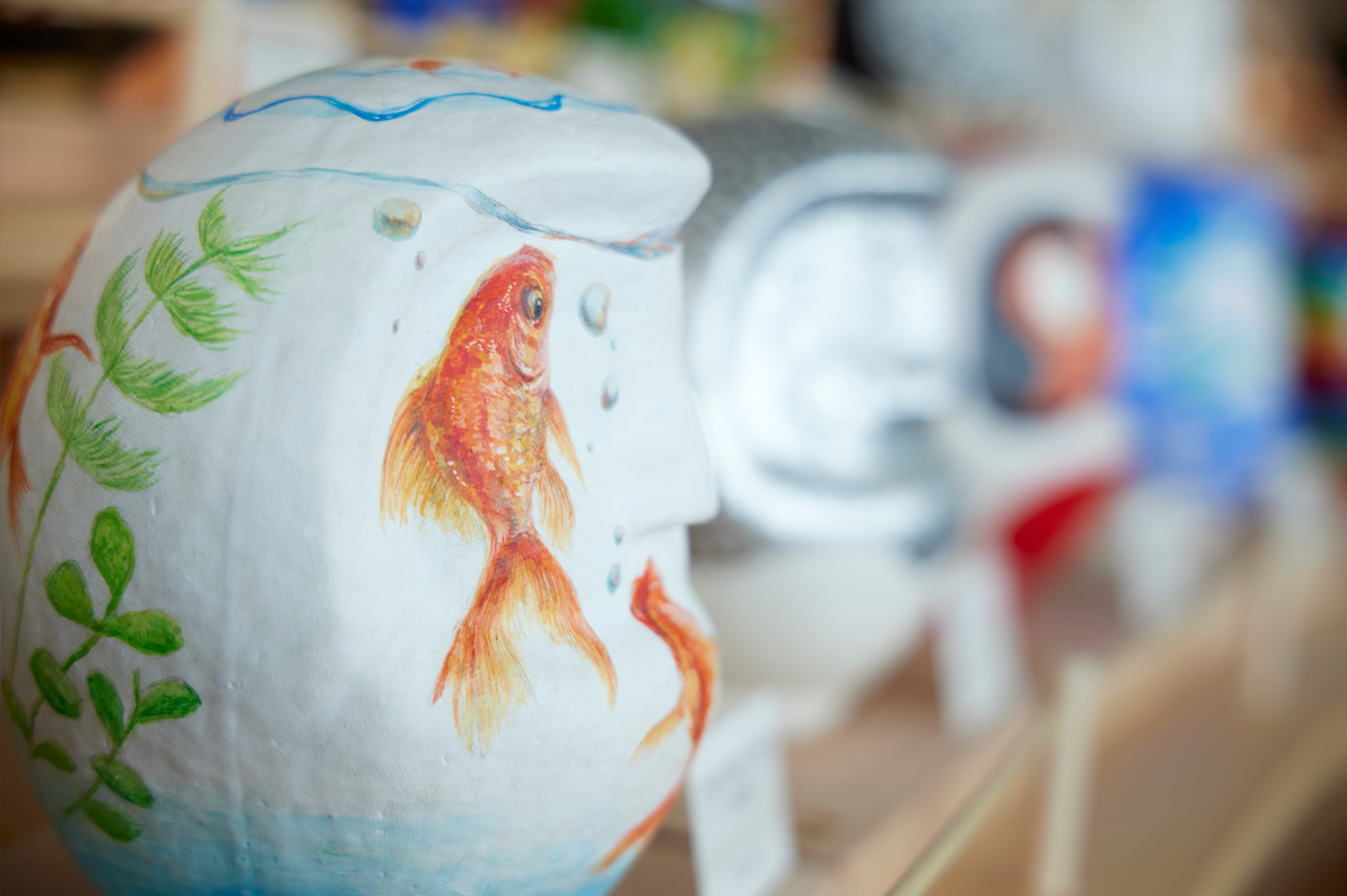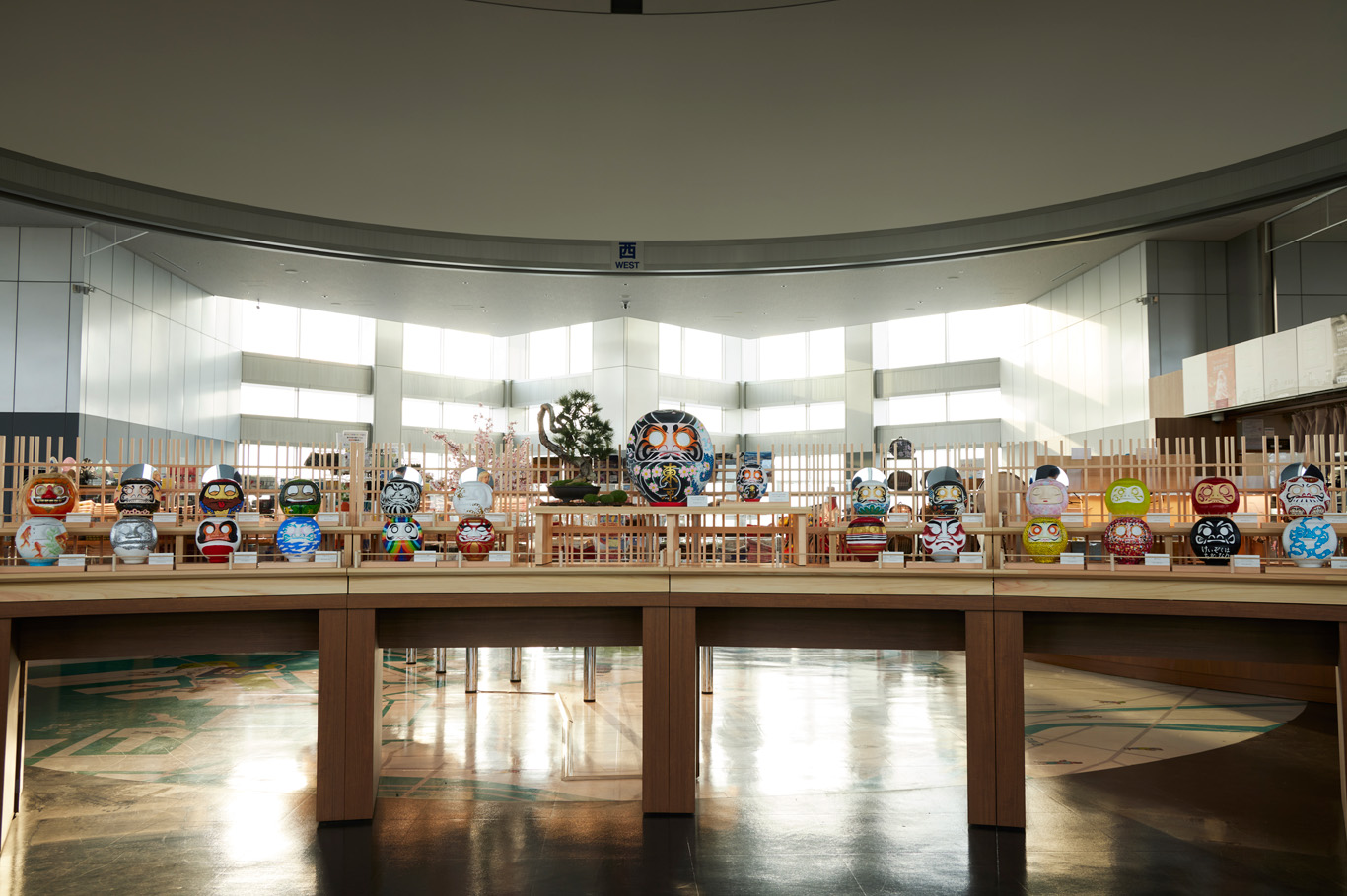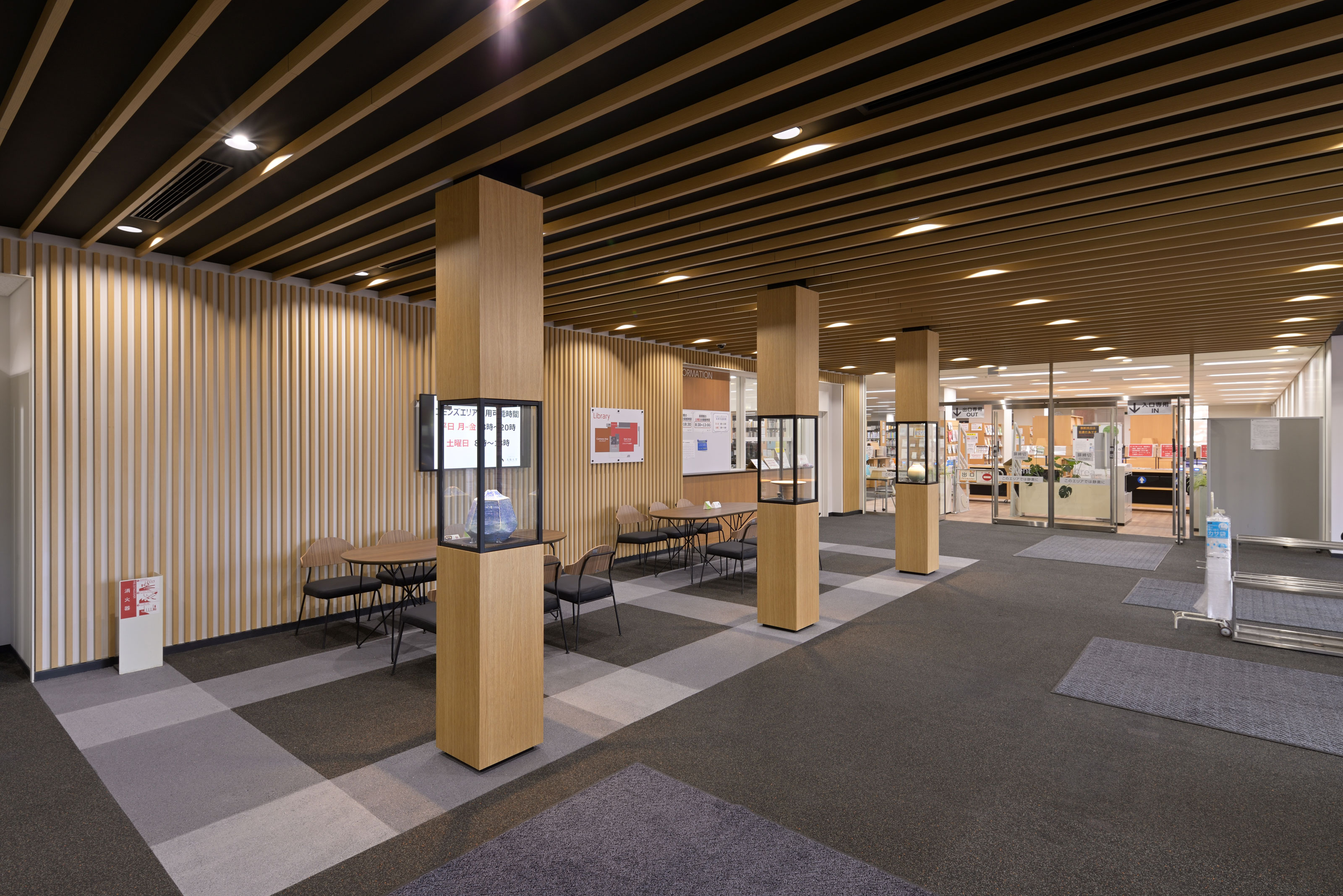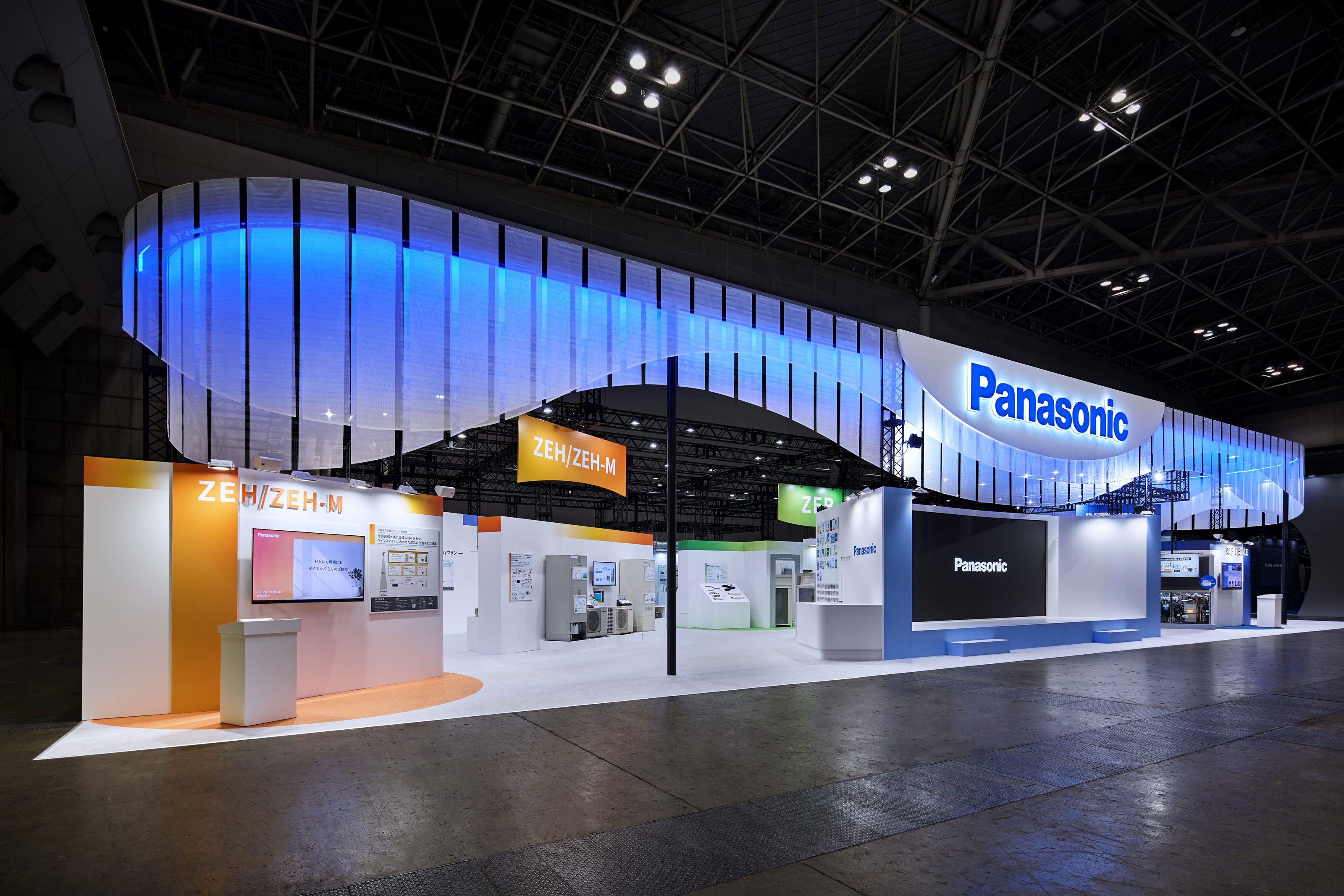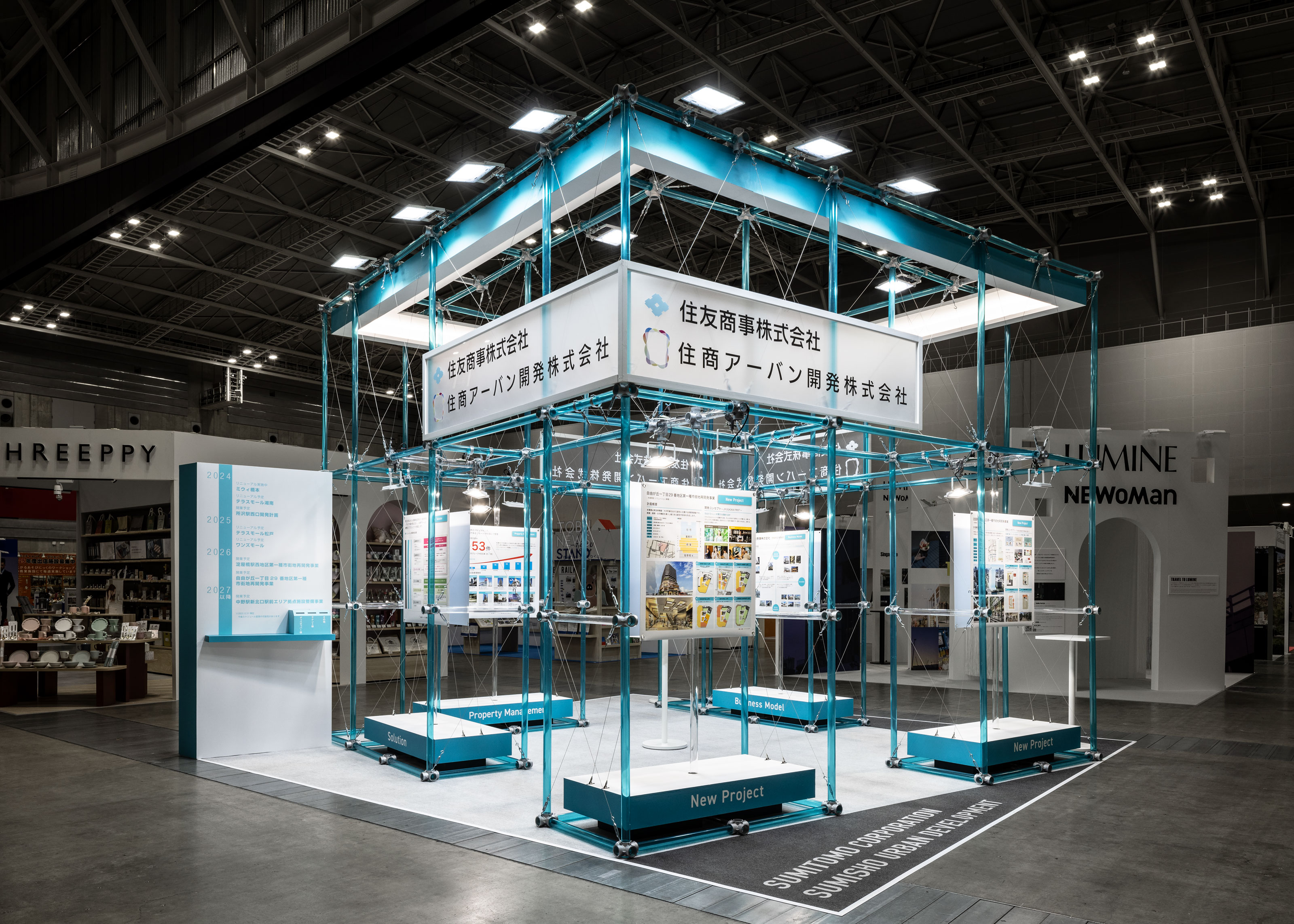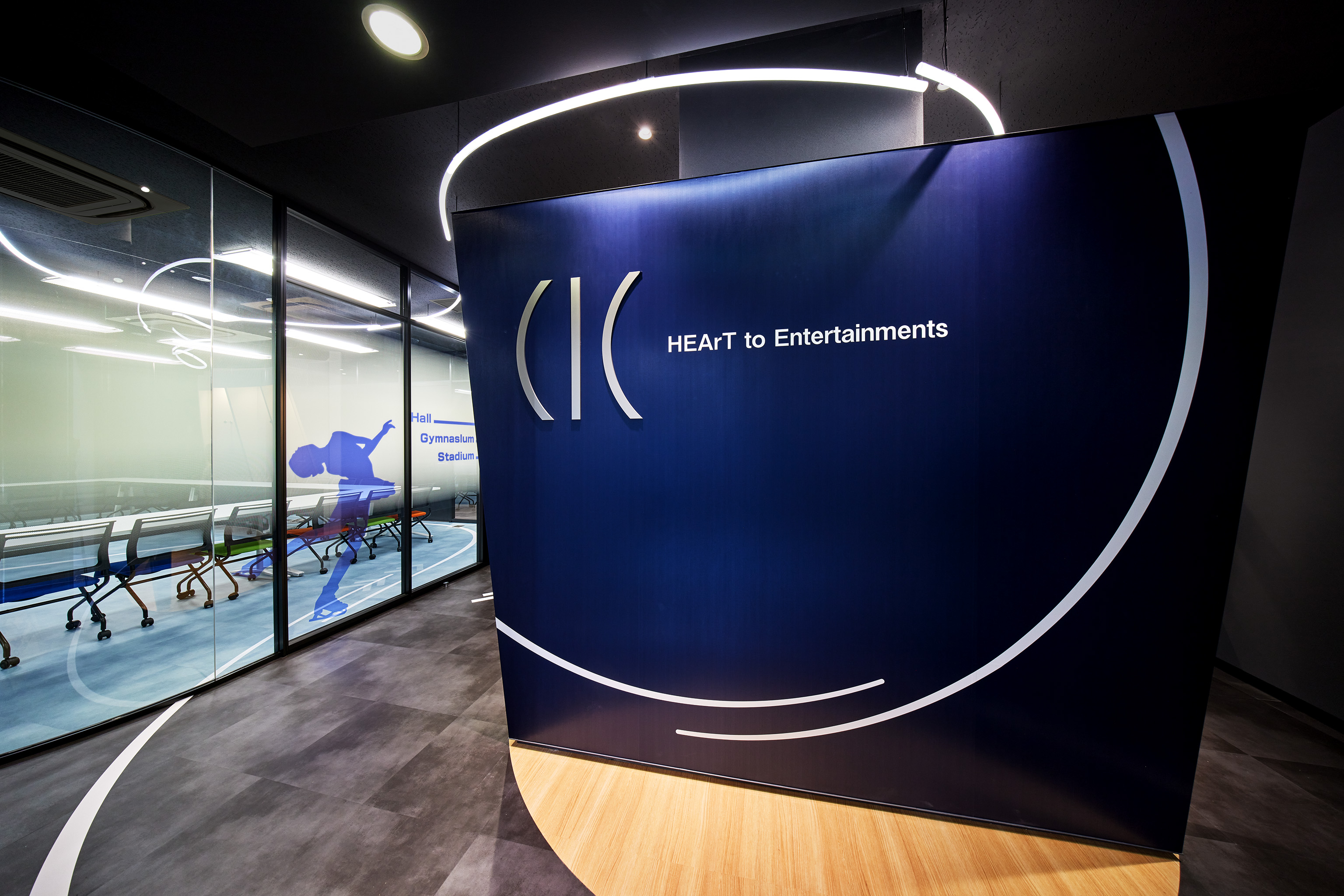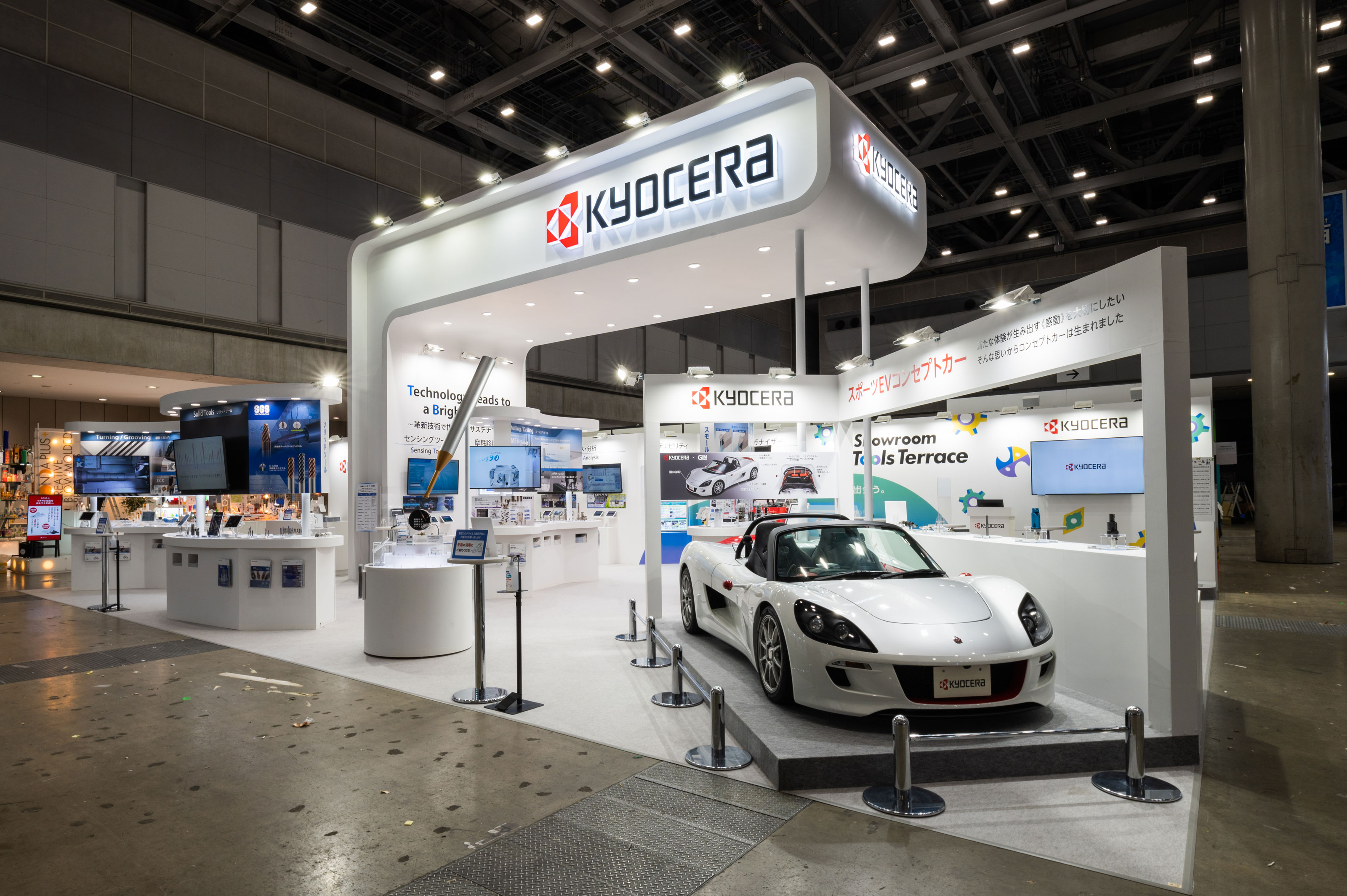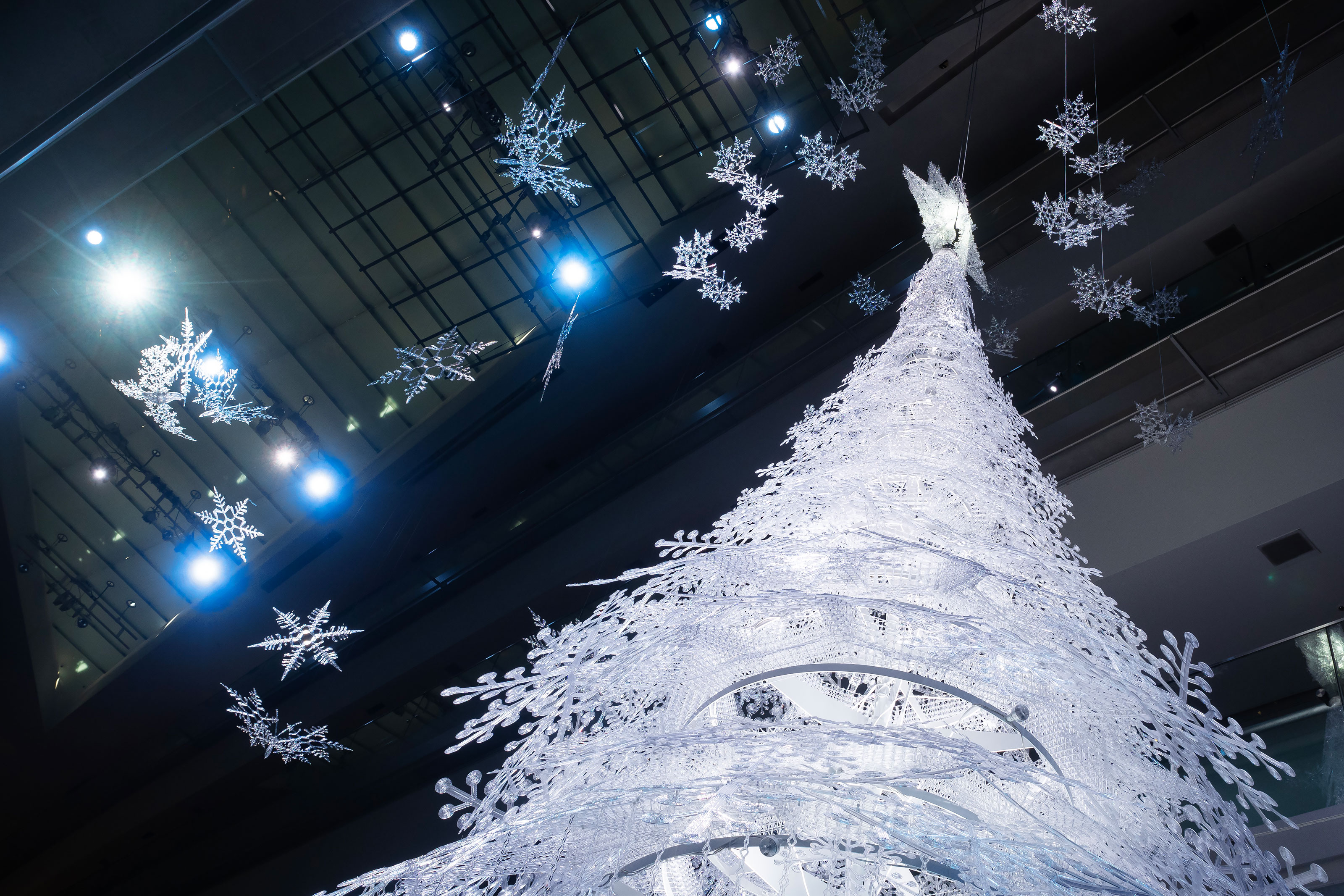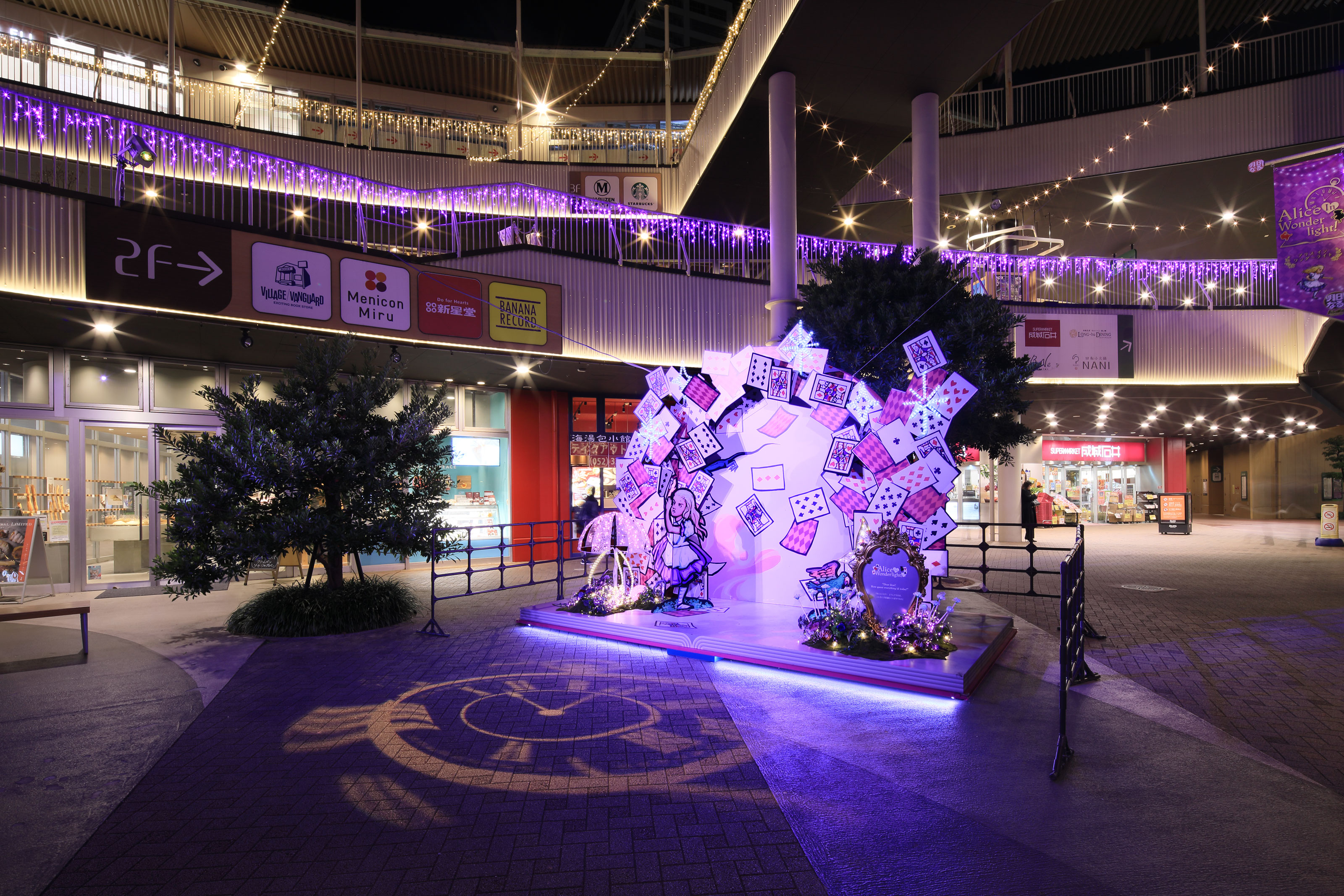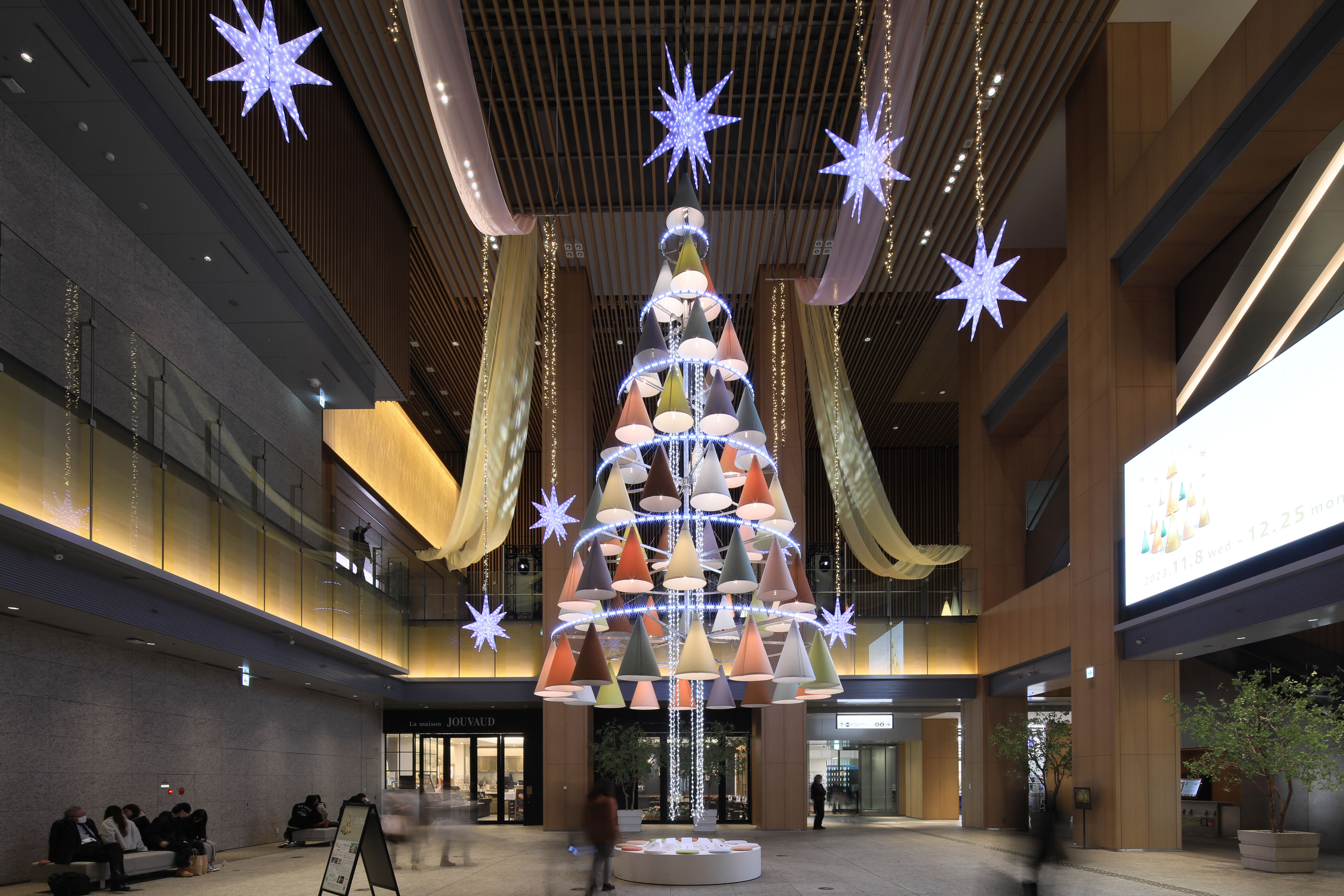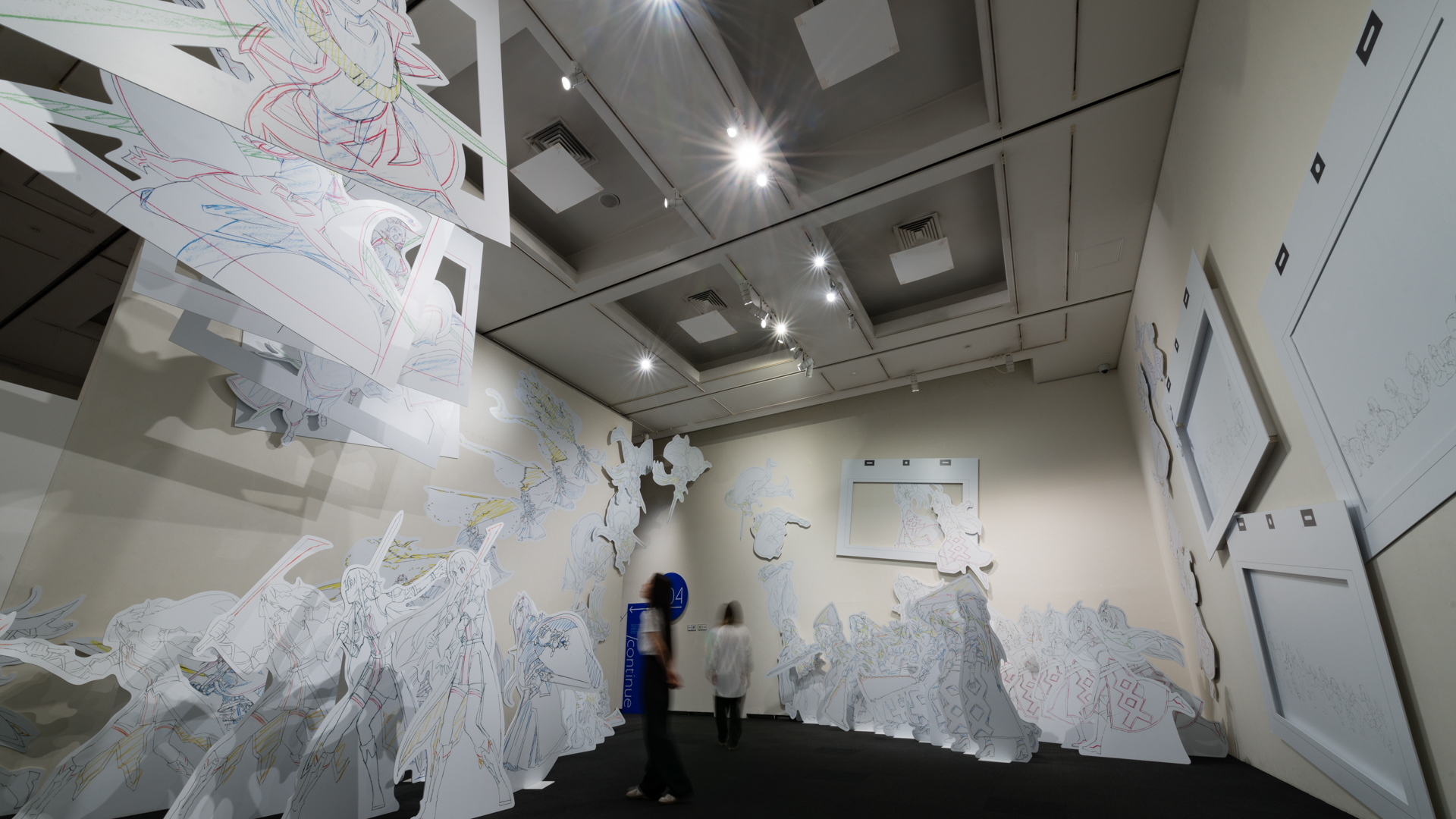WORKS
NOMURA medias meets PRODUCT DEVELOPMENT
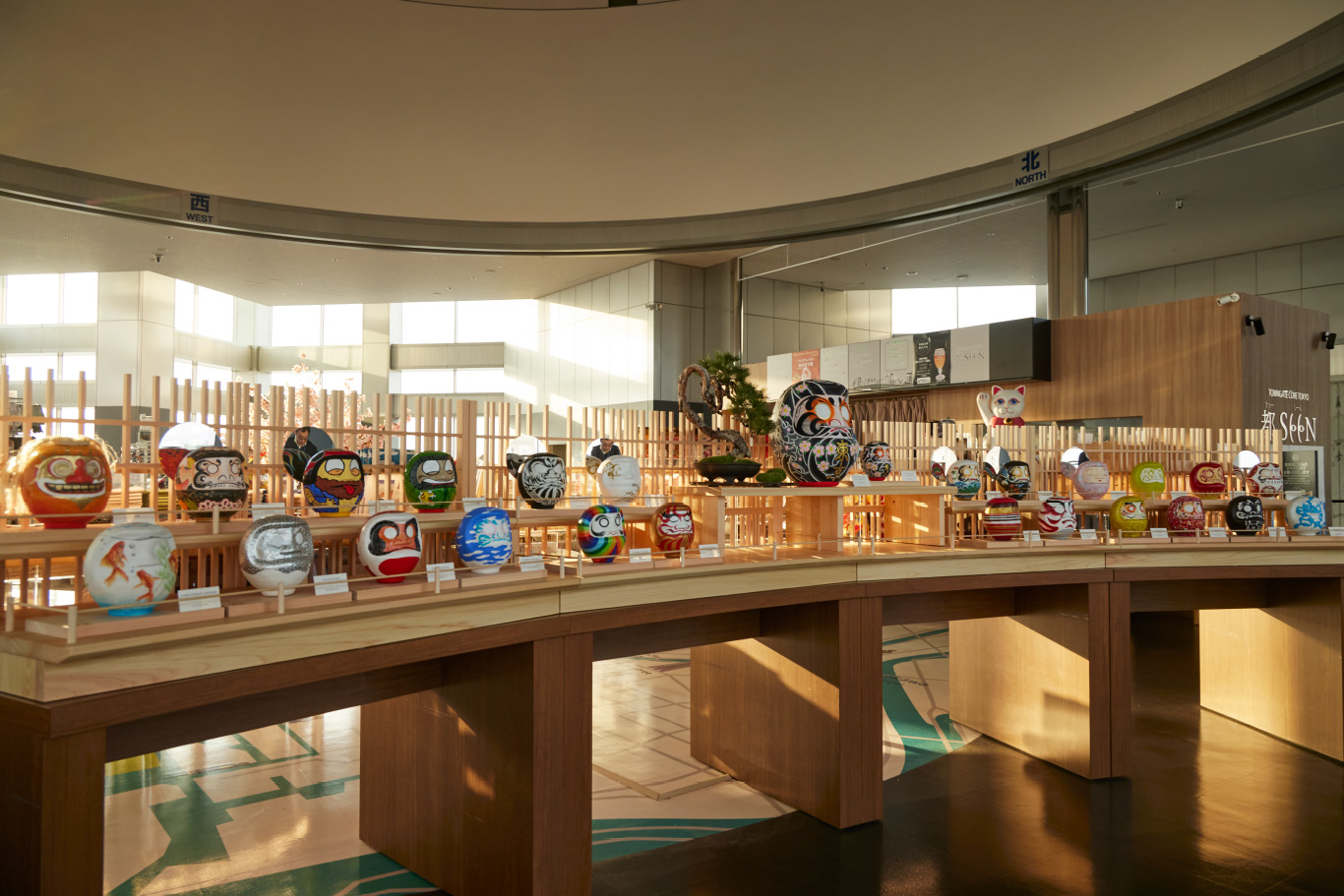
A store exceeding expectations of tourists
from Japan and beyond
Shop & Event Manegement
2019.4-
TOWNGATE CORE TOKYO TO SEEN is a shop and café located on the 45th floor of the Tokyo Metropolitan Government Building. Found among observatories with panoramic views of Tokyo below, it has been attracting the attention of overseas visitors. The significant buzz after the initial opening in 2019 was sadly cut short by its temporary closure due to the pandemic that followed. When it reopened in October 2022, it was clear that their customer base had changed.
Where previously there were large numbers of tourists from Asia, and China in particular, there had been a significant rise in the number of visitors from Europe and America. With this shifting audience, it seemed logical that what visitors to the shop were looking for may also have changed. Yoshikazu Konuma, Account Producer responsible for shop administration, tells us about his feelings at the time, “The store had been consciously stocking various products aimed at inbound tourists, and we wanted to offer products that were an even better fit for our customers.” Knowing more about their current customers was crucial to ensuring that the shop continued to transcend conventional souvenir stores in a manner befitting NOMURA MEDIAS. This sparked the commencement of an inbound tourism research project in the summer of 2023.
Research was outsourced to a company specializing in surveys, and the team approached visitors to TO SEEN directly, carrying out consultations with them in English. A total of 360 people were asked questions ranging from background information such as how many times they had been to Japan and their country of origin, to questions about what other places they had visited, where they planned to go after TO SEEN, and how satisfied they were with the shop in terms of elements such as product lineup and prices.
Popular aspects of TO SEEN were the free entry, the clean and comfortable space, and the beautiful night views—opinions also expressed by tourists to their peers.
One other discovery was that inbound tourists from Asia, including China and Taiwan, often land at Kansai International Airport because of the large number of flights available, while tourists from Europe, America, Australia, and other English-speaking countries tend to arrive in Tokyo via Narita Airport. In addition, Asian tourists were found to tend towards sightseeing with friends and family, while those from Europe and America seemed to prefer quieter trips with fewer people, including traveling as couples. Through this research, the background behind the change in the visitor base emerged.
One significant realization was hearing people say that TO SEEN's products are cheaper than those at the souvenir shops in Asakusa. While this can be viewed favorably as meaning the prices are reasonable, it also suggests that visitors were expecting slightly higher price points. In terms of popular items, products featuring traditional Japanese motifs such as Mt. Fuji and cherry blossoms were rated highly. It was also found that inbound tourists often come for long-term stays of several months and tend to avoid overloading themselves with luggage. Based on this valuable data, NOMURA MEDIAS embarked on a project within the company to develop new products.

Product development taking inspiration
from inbound tourism research
for the “post-COVID” age
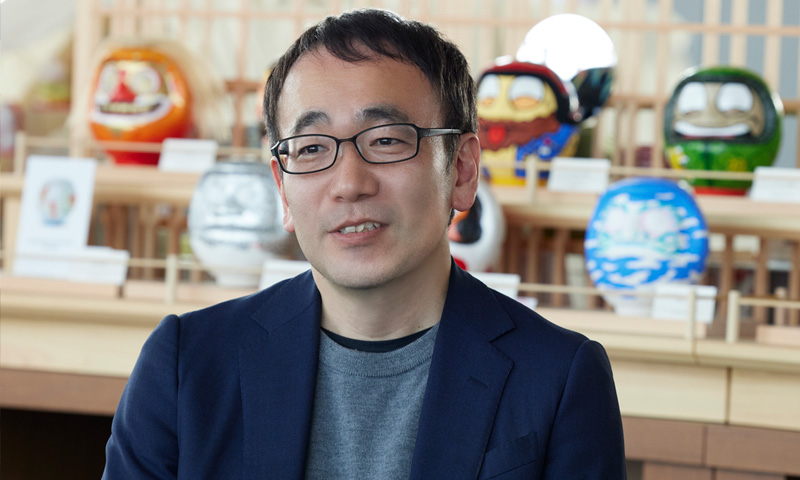
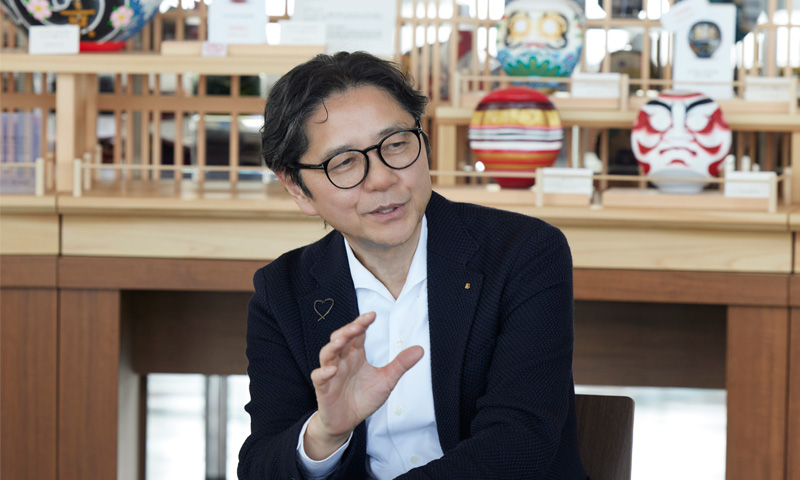

Art Daruma test marketing
Previous examples of high-ticket products developed with inbound tourists in mind can be found in the museum shops of the Suntory Museum of Art and the Mitsui Memorial Museum. Items that have sold include tea sets priced at 100,000 yen and more, and wooden block-like artworks made with Japanese materials, which attracted similar six-figure sums. Senior Advisor Masahiro Nakagawa explains the intent behind looking for items at a high price point. “It doesn’t matter if it’s old or new; selling high-quality items at an appropriate price also contributes to the store’s branding.”
The goal was to offer traditional items that are easy to take home while commanding high prices. There were several possible contenders. For example, the lineup already included maneki-neko cats, which had proven popular. However, it was felt such products risked lacking personality in the current circumstances. At that point, the decision was made to create daruma dolls from light papier-mâché in a variety of colors. The shop’s name, TO SEEN, is a play on the Japanese word “toshin,” meaning city center, and the English verb “to see.” Based on the idea that the reality “seen” with one's own eyes could be understood through the eyes of the daruma, it was thought that original daruma would be perfect souvenirs for TO SEEN.
Nakagawa planned the project purely as test marketing. When he explained its purpose, about 20 people took part, including artists and designers. Daruma dolls decorated with themes of each creator's choice were displayed at TO SEEN under the name Art Daruma.
Konuma felt the response to the project firsthand. “They’re a hot topic of conversation. Just the other day, one of the designers who took part was asking how the daruma were selling,” he confessed with a smile.
The daruma feature wide-ranging designs, from traditional Japanese to modern, painting-like items and abstract designs. Some have even sold out already. There are also “pop-like” dolls reminiscent of familiar characters. Deviating from the conventional image of classical designs creates a unique worldview that appeals to a diverse audience. “We added 'art' to the title because we wanted development with a sense of freedom. When something is classified as a craft, it needs to be truly exquisite for its value to come across. This time, we created a collection of works that was almost too free. It might have been nice if they’d chosen more traditional patterns for inbound tourists,'' Nakagawa jokes as he gazes proudly at the rows of unique dolls.
Prices generally range from 10,000 to 30,000 yen, with some larger pieces attracting higher prices. While there were concerns about children touching and breaking things, it was decided to simply surround the display with a wooden fence without any acrylic cases. Whether they be looking closely at the details or relaxing in the lounge seats to take in the impressive overall view, the sight of visitors enjoying Art Daruma in their own way is becoming the norm at TO SEEN.
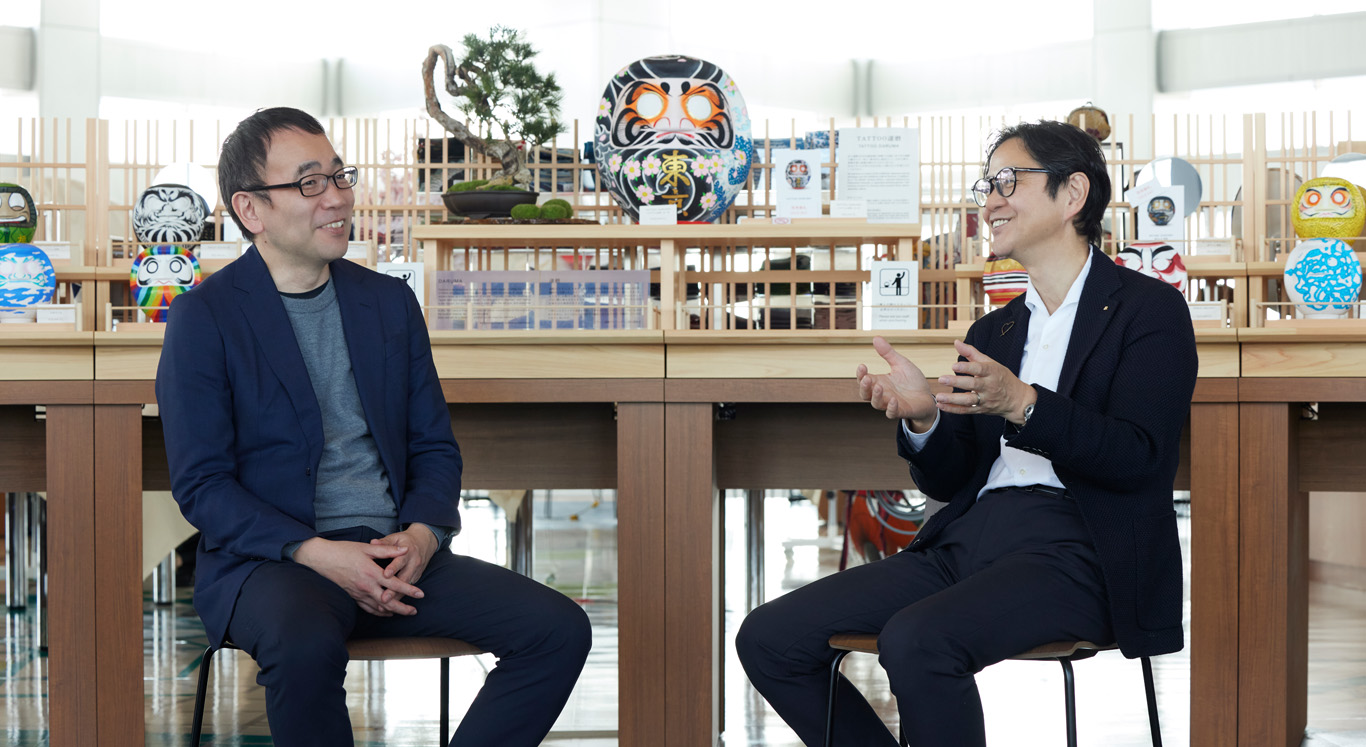
Up until that point, NOMURA MEDIAS had been developing products based on the shop's theme. After visiting art exhibitions, many people purchase postcards or stationery featuring motifs from the exhibits at the museum shop. Art Daruma at TO SEEN plays the same role for memories of visiting the Tokyo Metropolitan Government Building and looking out over the whole of Tokyo. It’s a way to take the excitement and joy of experiencing the space home with you. “With daruma dolls, you entrust your thoughts and wishes to the eyes. Your feelings in that moment are infused into the object. When you take it home with you, it becomes a souvenir that inspires communication. In that sense, they can be considered a form of media,'' says Nakagawa.
A future idea under consideration is holding mini-workshops where tourists can paint small daruma dolls themselves. “At first, we provided value by selling products. Now we want to give customers experiences through which they can add value themselves, then take that home as memories of Japan. We are a souvenir shop, but one with endless possibilities,” summing up his positivity around daruma. Test marketing was a strong impetus behind this project, but it also gave us an idea of the production line. The brand is starting to pick up in earnest, and expansion into other stores is on the cards if sales are strong.
TO SEEN also has café tables and benches, where visitors can often be seen spreading out maps to chart out their next point of call. In our research, many people said they wanted something telling them which cities are good to visit, and what they can buy where. This led to the birth of a modern recreation of a traditional emaki illustrated scroll depicting Japanese landmarks, mainly in Tokyo. Maps purely for looking up destinations have evolved with the power of apps and other digital technology. However, even in modern times, the emaki with a panoramic view makes a unique impact. Tenugui hand towels and postcards are available as souvenirs, and the large version in the elevator hall provides an ideal spot for commemorative photos.
“In product development, we always value collaboration and affinity with the location,'' says Konuma. “The emaki has a strong affinity with the display floor offering views of Tokyo, and with inbound tourists looking for typically Japanese products. I hope that people pick up these products because of the location, because they want to be reminded of this place, and that these items bring back memories after customers take them home as souvenirs," he says, expressing his hopes for the emaki.

Spatial vitalization
as a “media”
for taking home treasured memories
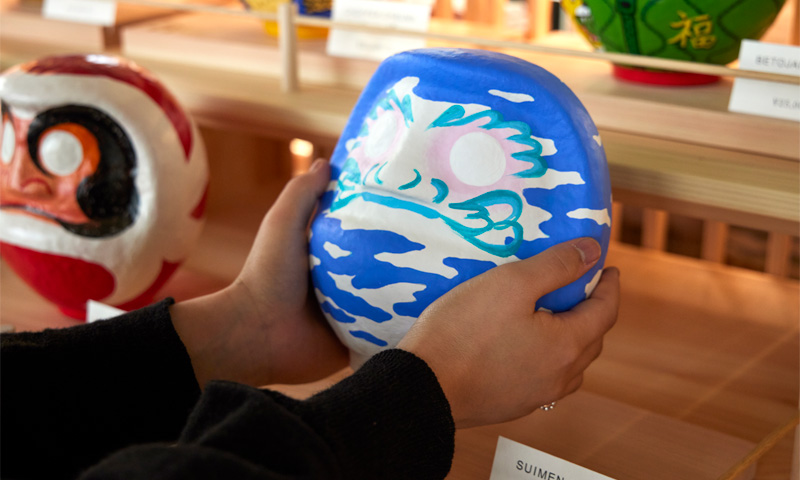
-
CREDIT
-
- Store Manager: Yuki Saito
- Administration: Yoshikazu Konuma
- Senior Advisor: Masahiro Nakagawa
Other works
11 Solutions from NOMURA MEDIAS
-
Planning
After understanding our clients’ ideas and analyzing the issues they face, we put forward wide-ranging ideas from concept creation through to detailed plans and content proposals.
-
Design
We create spaces and content that express and embody our clients’ ideas.
-
Layout
We create technical drawings and specifications that give concrete form to how the client's ideas are expressed in the design.
-
Production and
ConstructionWith the right knowledge and judgment, we bring projects to fruition by managing production and construction with commitment to quality, safety, and the environment.
-
Product Development
We research consumer needs, then plan and develop products they are looking for while aligning with the concept and vision behind the space.
-
Sales Promotions and
Promotional itemsWe plan and create sales promotion tools and promotional items that inspire action by consumers.
-
Maintenance
To provide experiences and productions that offer safety and peace of mind, we perform regular maintenance, inspections, repairs, and equipment replacement.
-
Event Organization
To maximize the impact of events, we plan and implement everything from creating spaces to attracting customers and providing customer service support.
-
Store Operation
We create sales spaces rooted in each store’s concept and manage day-to-day operations with its worldview at the center.
-
Content Design
We plan and create original content to support our clients’ businesses.
-
System Devices
We build and install various production system devices to support the implementation of digital content.
